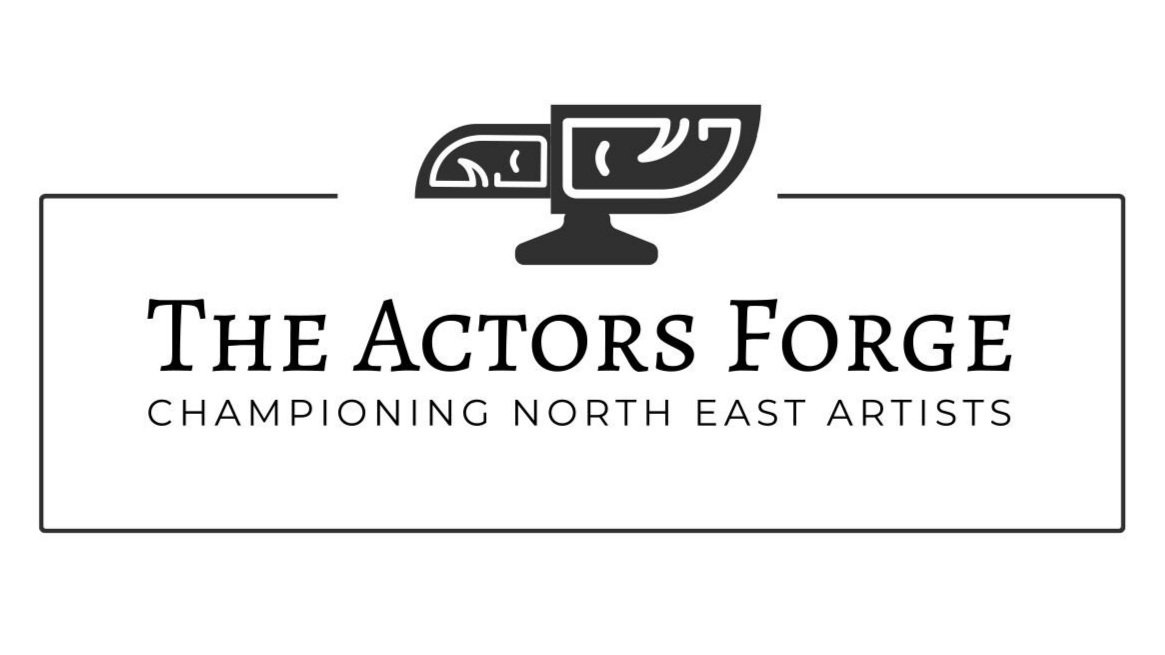Exploring the Top Acting Schools and Techniques for Aspiring Actors
For budding actors, choosing the right acting technique and school can be a transformative decision in their artistic journey. There's a rich tapestry of acting methods, each offering unique approaches to character development and performance. In this article, we'll delve into some of the most prominent acting schools and techniques to help you find your path in the world of acting.
1. Stanislavski Method:
The Basics: Named after Konstantin Stanislavski, this method focuses on psychological realism and emotional authenticity. It involves understanding a character's motivations and using personal experiences to connect with the role.
Exercises: Try "Emotion Memory" by recalling personal experiences associated with specific emotions. Use "The Magic If" to explore how you would react in a character's circumstances.
2. Stella Adler Technique:
The Basics: Stella Adler's approach emphasizes imagination and understanding the circumstances of the character. It encourages deep script analysis and sensory work to create emotionally rich performances.
Exercises: Practice "Script Analysis" by dissecting a character's lines and motivations. Explore "Sensory Work" by engaging your senses to understand the character's world.
3. Meisner Technique:
The Basics: Sanford Meisner's technique focuses on truthful reactions and interactions. It prioritizes listening and responding genuinely to scene partners.
Exercises: Try the "Repetition Exercise" to focus on truthful reactions. Experiment with "Independent Activity" to add depth to your character's actions.
4. Commedia dell'arte:
The Basics: Originating in Italy, Commedia dell'arte is characterized by stock characters, masks, and improvisation. It encourages physicality, exaggerated gestures, and quick thinking.
Exercises: Experiment with improvisation exercises like "Mask Work" to develop physicality. Try "Stock Character Monologues" to embody classic archetypes.
5. Uta Hagen's Approach:
The Basics: Uta Hagen's technique emphasizes the actor's connections with the character. It encourages actions, objectives, and specific choices to bring a role to life.
Exercises: Practice "Substitution" by connecting the character's circumstances with your own experiences. Explore "Uniting Actions" to create strong objectives for your character.
6. Lee Strasberg's Method:
The Basics: Lee Strasberg's method, an extension of Stanislavski's, centers on emotional memory and sense memory. It encourages drawing from one's own emotional experiences.
Exercises: Experiment with "Emotional Memory" to connect with past feelings. Try "Sense Memory" by using sensory recall to enhance your performances.
Choosing an acting school and technique that resonates with you is a personal journey. Explore these schools and exercises to find what aligns with your style and aspirations. Remember, each technique offers valuable tools to help you create authentic, compelling characters and performances.

